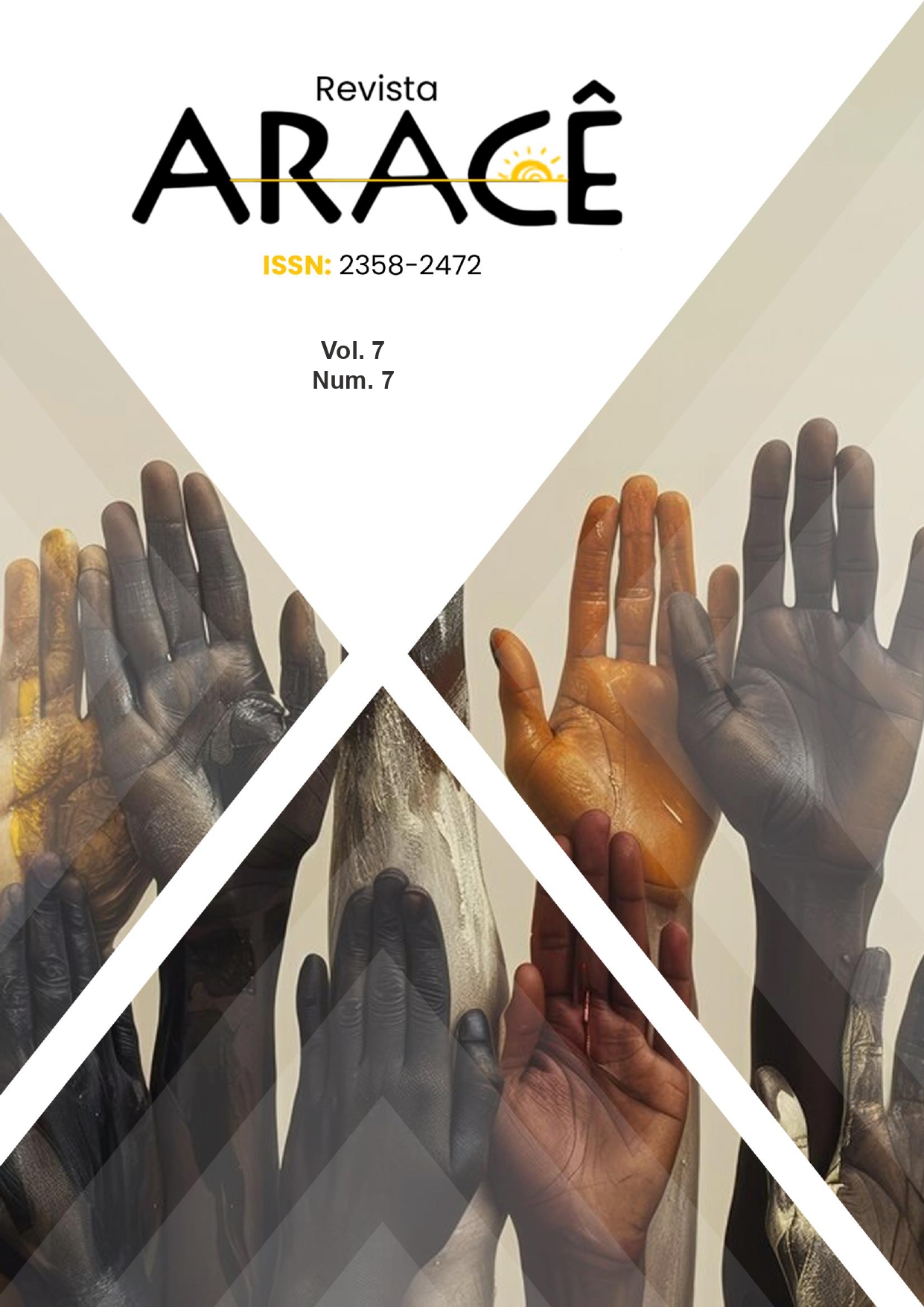CARACTERIZAÇÃO TÉRMICA DE FILAMENTOS DE PLA, ABS, PETG E NÁILON PARA APLICAÇÕES DE IMPRESSÃO 3D
DOI:
https://doi.org/10.56238/arev7n7-031Palavras-chave:
PLA, ABS, PETG, Nylon, Thermal characterization, Additive manufacturingResumo
Este estudo investiga a caracterização térmica dos filamentos de PLA, ABS, PETG e Nylon, amplamente utilizados na impressão 3D, para entender seu comportamento durante os processos de manufatura aditiva. A termogravimetria (TGA) e a calorimetria diferencial de varredura (DSC) foram empregadas para avaliar as principais propriedades térmicas, incluindo estabilidade térmica, temperaturas de transição vítrea e pontos de fusão. A pesquisa também examinou como a temperatura de impressão afeta a estabilidade mecânica e dimensional das peças fabricadas. Os experimentos envolveram 23 amostras de polímeros, incluindo PLA virgem e reciclado, para avaliar a sustentabilidade e o desempenho do material. Uma impressora 3D equipada com controle térmico preciso e instrumentos analíticos calibrados garantiu avaliações precisas. Os resultados destacaram as correlações entre as propriedades térmicas e a qualidade dos componentes impressos, fornecendo dados para otimizar as configurações de impressão e minimizar os defeitos. As descobertas contribuem para o avanço das práticas sustentáveis de impressão 3D, identificando o uso eficiente de materiais e reduzindo o desperdício. Esse projeto atende às necessidades industriais de manufatura aditiva de alta qualidade, enfatizando o desenvolvimento de materiais ecologicamente corretos e a importância da padronização de dados termofísicos para processos e produtos aprimorados.





